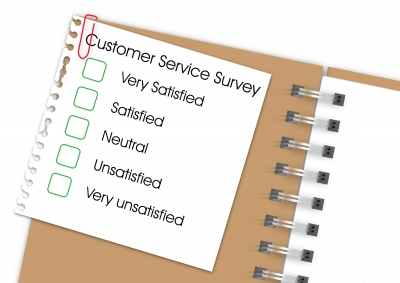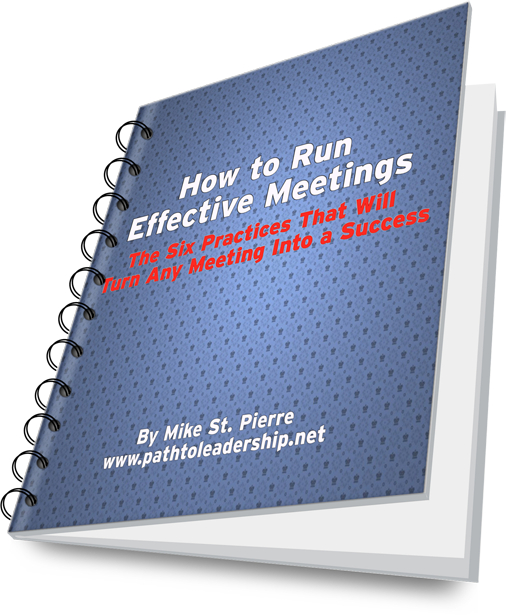7 Ways to Explain July 4 to Children
 Thursday, July 4, 2013 at 08:38AM
Thursday, July 4, 2013 at 08:38AM 
Today is a great day for Americans. Parades, barbecues and flags all around. My family will go to the Chatham parade and then have some friends over to stand around the mothership (otherwise known as my grille) for some food and fellowship.
If we're not careful, my wife and I will raise four kids who have no idea about the real meaning of July 4. They'll simply associate it with the trimmings of the day.
Here are some simple things you can do to teach your kids by means of a holiday like July 4:
- Talk about it. Ask your kids what they know about it.
- Watch a t.v. show or movie about American history. This is perfect for after dinner when things are winding down.
- Go to a parade and clap for the soldiers. These brave men and women deserve more than others- clap for them and point them out to your kids.
- Explain the symbolism of the American flag. Here is a great resource.
- Ask one of your kids to put on a powerpoint presentation about the holiday. I'm not even kidding with this one. My 9 year old has done powerpoints of Thanksgiving, Easter and Christmas. It's my way of teaching him powerpoint and linking tech with a national holiday.
- Watch fireworks. Come on, everyone likes fireworks!
- Discuss a passage from the Bible about freedom. Romans 6:22 is a good start, "But now that you have been set free from sin and have become slaves of God, the benefit you reap leads to holiness, and the result is eternal life."
How are you not only celebrating July 4 but teaching your kids about its meaning?
 Communication,
Communication,  Faith,
Faith,  Family
Family 





